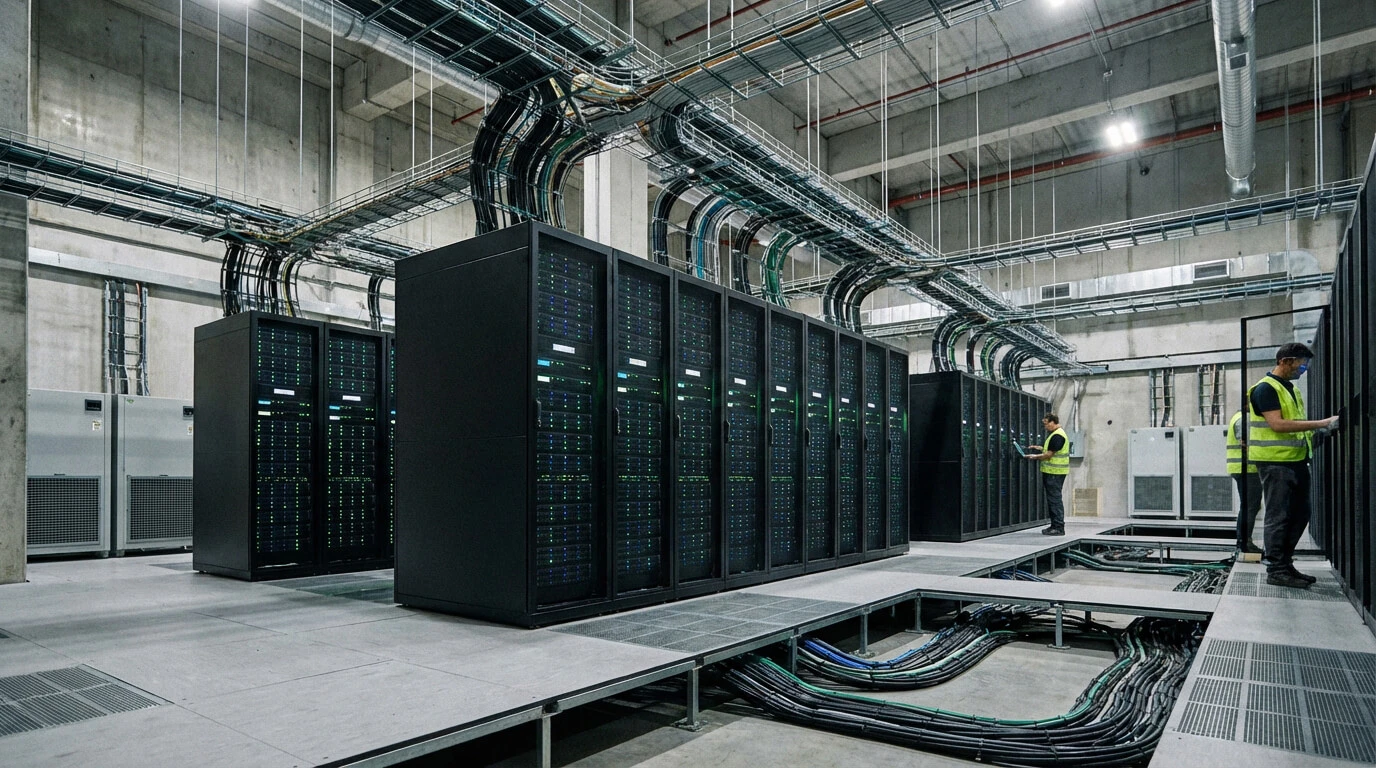What is a render farm?

CGI for strong brand presences
From hero renders to campaign assets: Our 3D studio delivers high-quality 3D images and animations that sell – and seamlessly integrate into your CI. Get a non-binding assessment.
What is a render farm?
Definition Render Farm
A render farm is a network of many computers (nodes) that process render jobs in parallel. Instead of calculating hundreds of stills or animation frames one after the other on a workstation, tasks are distributed across many machines - production becomes calculable and fast. This is essential for series visuals and animations in furniture & interiors; we show examples and workflows in the 3D render studio and the 3D animation studio.

Types: On-Prem, Cloud, Hybrid
How a render farm works (practice)
- Job is broken down into tasks (e.g. 240 frames).
- Queue Manager distributes, monitors, prioritizes - common solutions are AWS Thinkbox Deadline, Pixar Tractor and the open source project OpenCue.
- Renderer run via CLI (robust & automatable): Arnold via kick or Redshift via Command-Line Rendering.
- Distributed Rendering (DBR) for heavy stills: An image is distributed to several nodes - documented in Chaos V-Ray - Distributed Rendering.

Want to know how we can visually boost your brand with CGI?
We'll explain the process, effort, and output of CGI product images for your brand communication for your furniture, home & living brand – transparently and without obligation.
Learn more nowCPU vs. GPU - which is faster?
* Feature parity is engine-dependent. Before starting the project, render the desired AOVs/volumes/hair/dispersion as a test and check with your ACES/EXR setup (color space & layer structure).
Brief conclusion:
- Fast & iterative (series stills, variants, previews) → GPU has an advantage.
- Large & complex (lots of geometry/volumes, long sequences) → CPU or hybrid.
- For consistent campaign looks: Set up a clean color space/compositing (ACES + OpenEXR) and maintain material standards (PBR).
Pipeline fit for furniture & interior
Series with variants (fabrics, woods, handles), 360° spins or milieu campaigns benefit massively because their timing remains predictable. You can find practical references in our cases on Natuzzi, Bretz and interlübke.
Ensure quality: Color, formats, materials
- Standardize color space & tone mapping with ACES - Academy Color Encoding System for consistent looks across campaigns, devices and renderers.
- Ensure compositing flexibility with OpenEXR (multi-layer EXR for passes/lightmix).
- PBR material standard (Albedo/Roughness/Metalness) for repeatable results - basics in our glossary articles on PBR - Physically Based Rendering and Metalness Map.
Realistically calculate costs & planning
- Billing in node hours (CPU/GPU), plus manager license, render licenses, storage/traffic.
- Saving tips for batch jobs: AWS EC2 Spot Instances and Google Compute Engine Spot VMs offer significant discounts if your queue tolerates interruptions.
- Allow a buffer (10-20%) for re-renders (look tweaks) and transfers for cloud setups.
Selection checklist for brands & manufacturers
FAQ - Render Farm
How can I tell if our jobs are GPU- or VRAM-limited?
During the rendering process nvidia-smi provides you with live values on utilization and available graphics memory; if the memory utilization reaches the limit, VRAM is the bottleneck.
Which denoiser is suitable for farm pipelines with high image quality?
For CPU-side denoising Intel Open Image Denoise has proven itself; the denoiser can be easily automated and is integrated in many DCCs/renderers.
How do I keep color and tone mapping consistent across all render nodes?
Central color management with OpenColorIO ensures that workstations and farms use the same config - so looks remain stable across campaigns and renderers.
Which exchange format is the most robust for large productions?
Scaled for scene-based exchange and layout/lighting OpenUSD scales very well; references, variants and layering can be versioned cleanly.
Does headless rendering work reliably without a GUI?
Yes - automated queue jobs run stable via command line; the Blender render arguments show typical switches for frames, devices and output.
How do I control dependencies and batches in complex pipelines?
Procedural task graphs simplify orchestration; PDG/TOPs in Houdini models dependencies, distributes caches and renders in parallel on the farm.
How do I avoid "dependency hell" with tool versions?
Align your environment with the VFX Reference Platform ; the vintage stack (including compiler, Python, Qt) ensures reproducible builds in mixed toolchains.
Does multi-GPU with NVLink provide more usable memory?
NVIDIA NVLink does not bundle VRAM into a single pool, but accelerates peer-to-peer transfers between GPUs - helpful for workloads that require a lot of data exchange between cards.
